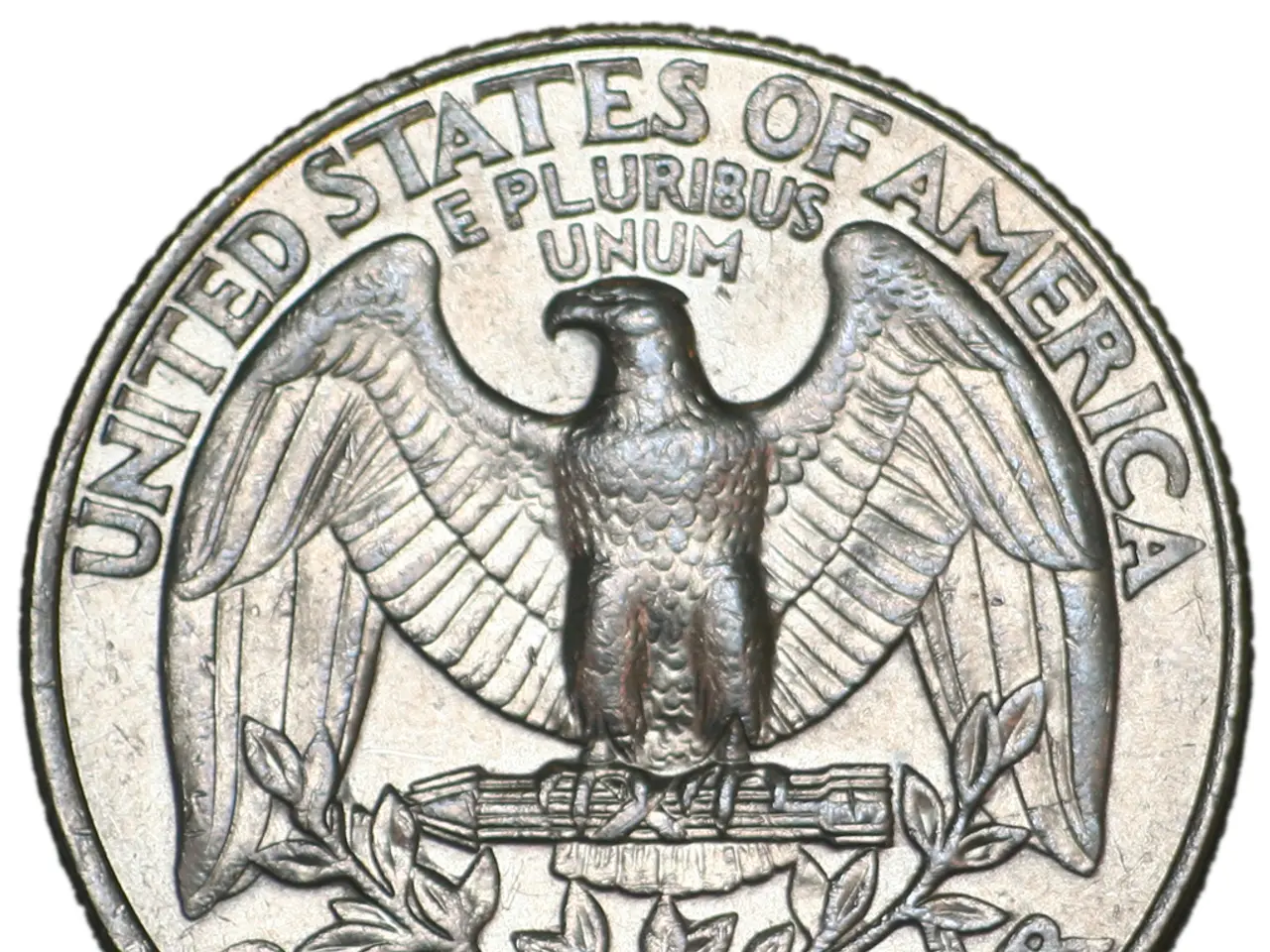Understanding Credit Report Functionality
Understanding the Evolution of Credit Reporting Agencies
Credit reporting agencies, also known as credit bureaus or credit reporting agencies (CRAs), have played a significant role in the modern financial system. Their origins can be traced back to the late 19th and early 20th centuries.
The first credit bureau, the Retail Credit Company (RCC), was established in 1899, later becoming Equifax. Initially, RCC assembled paper records about millions of Americans, eventually digitizing its data and expanding its coverage nationally by the 1980s [2].
Simultaneously, John Moody pioneered bond credit ratings starting in 1900, creating publicly available ratings for bonds and industrial securities. Moody’s Investors Service was incorporated in 1914, followed by other rating agencies such as Poor’s in 1916 and Fitch in 1924 [1].
During the 1950s, credit bureaus began consolidating regionally and nationally, moving from smaller local agencies to larger entities that could offer broader coverage [3]. Around this time, the introduction of computerized credit scoring systems began, redefining credit evaluation with statistical methods rather than purely qualitative reports [5].
The 1970s and 1980s saw further consolidation and expansion of the credit reporting industry. The industry engaged in aggressive consolidation and expanded into prescreening consumers for credit offers [5]. This period also saw the influence of anti-discrimination laws, which pushed for more objective and standardized credit scoring methods [5].
The most notable innovation in credit scoring was the development of the FICO score, which became widely used after 1995 when Freddie Mac required credit scores for mortgage applications. This statistical scoring system made creditworthiness assessment more objective and efficient, helping lenders reduce discriminatory practices and standardize underwriting [5].
In recent years, credit bureaus have continued evolving by integrating artificial intelligence, real-time data, and predictive analytics to improve credit scoring models and adapt to the digital economy [4].
Key Developments in the History of Credit Reporting Agencies
| Period | Key Development | |-----------------|-------------------------------------------------------------| | 1899 | First credit bureau (Retail Credit Company, later Equifax) founded[2] | | 1900-1914 | John Moody’s bond credit rating publications and formation of Moody's Investors Service[1] | | 1916-1924 | Formation of other major rating agencies: Poor’s, Fitch[1] | | 1950s | Consolidation of local credit bureaus into regional/national entities; start of computerized credit scoring[3][5] | | 1970s-1980s | Industry consolidation, expansion into prescreening, anti-discrimination laws influencing scoring adoption[5] | | 1995 | Broad adoption of FICO score for mortgage lending[5] | | 2000s-2020s | Incorporation of AI, real-time data, and predictive models in credit reporting[4] |
This evolution reflects a shift from simple data collection and publishing to complex, algorithm-driven risk assessment integrated with broader financial technology trends.
Health-related information was incorporated into credit reports by the 1980s, allowing CRAs to assess the creditworthiness of individuals with health issues more accurately.
The banking and insurance industries heavily relied on credit scores and ratings in the 1970s and 1980s for evaluating potential borrowers and investors.
With the rise of electronic banking in the early 2000s, credit reporting agencies began adopting technologies such as AI and predictive analytics to optimize their credit scoring algorithms.




